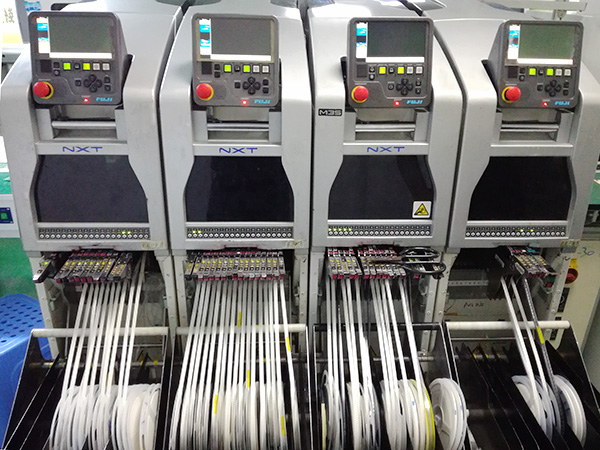
PCB prototyping can improve product quality? In this article, Season Multilayer will help to make sense of this question.
Developing and manufacturing PCB prototypes is an essential step in supporting a new or upgraded product launch. It is important to test your circuit boards before you begin full production to ensure they perform at the standards required. Quality assemblies should be manufactured in compliance with IPC acceptance standards.
There are two ways to produce printed circuit board (PCB) prototypes. One uses hand-built assembly techniques. The other employs a surface mount technology (SMT) production line. Many product designers and manufacturers choose a higher-volume production method because it more closely simulates the final manufacturing process. Using an SMT production line has many advantages.
SMT manufacturing can typically accommodate smaller components, and do so at a much higher density. Components can be placed on both sides of the board and are less likely to be disturbed by vibration. And you can produce many prototypes quickly and efficiently. These boards can house multiple layers and offer a higher level of complexity. From a testing standpoint, having more prototypes gives you a better understanding of any issues that may occur before final production.
Hand-built boards are useful when time or resources are limited. When hand-built prototypes are deployed and tested, they may not be as robust and therefore may not display some of the problems that can occur once in full production mode. They tend to be less complex designs and may not withstand the rigors of testing. Manual production, however, can be done quickly, and variations can be produced to test different configurations and functionality.
Whatever production method you choose, creating PCB prototypes has a number of benefits:
1. Changes In Design
When you create a prototype, you’ve given yourself a tangible vision of what your finished product will be. If the design doesn’t seem like it will work for you or your clients, you can take the time to make the necessary changes.
2. Troubleshooting
It’s a nightmare scenario: You have a high volume order and spend a lot of money and time on production, and realize too late – after your PCB’s have shipped – that they won’t meet your client’s specifications. Even with testing, it’s possible an error can be overlooked. But with a prototype, the PCB can undergo demanding tests to make sure it will work the way it was designed to work.
3. Quality Assurance
When you create a PCB prototype, you are helping to ensure your final product will meet the highest standards and perform efficiently. With advances in technology, PCBs are constantly evolving. Creating prototypes guarantee you are using the most efficient, up-to-date technology in your PCB.
4. New Product Testing
If you’re introducing a brand new product to clients, it makes sense to create a prototype. New products need testing and revisions before going to the final stage of assembly, and having a prototype can allow you to avoid problems before production begins.
5. New Manufacturer Testing
If you’re considering a company in your search for a PCB manufacturer, have them build a prototype according to your specifications. This will let you gauge how well they listen to your requests, the quality of their work and how much they might cost.
Heros Electronics’ SMT lines provide value to customers by creating PCBA prototypes to support early-stage tests of new designs. Our assembly line is RoHS compliant, and everything we manufacture will meet IPC-A-600 and IPC-A-610 acceptance requirements at a minimum.
Contact szpcb@season-pcb.com and let us help you get started on your next project.